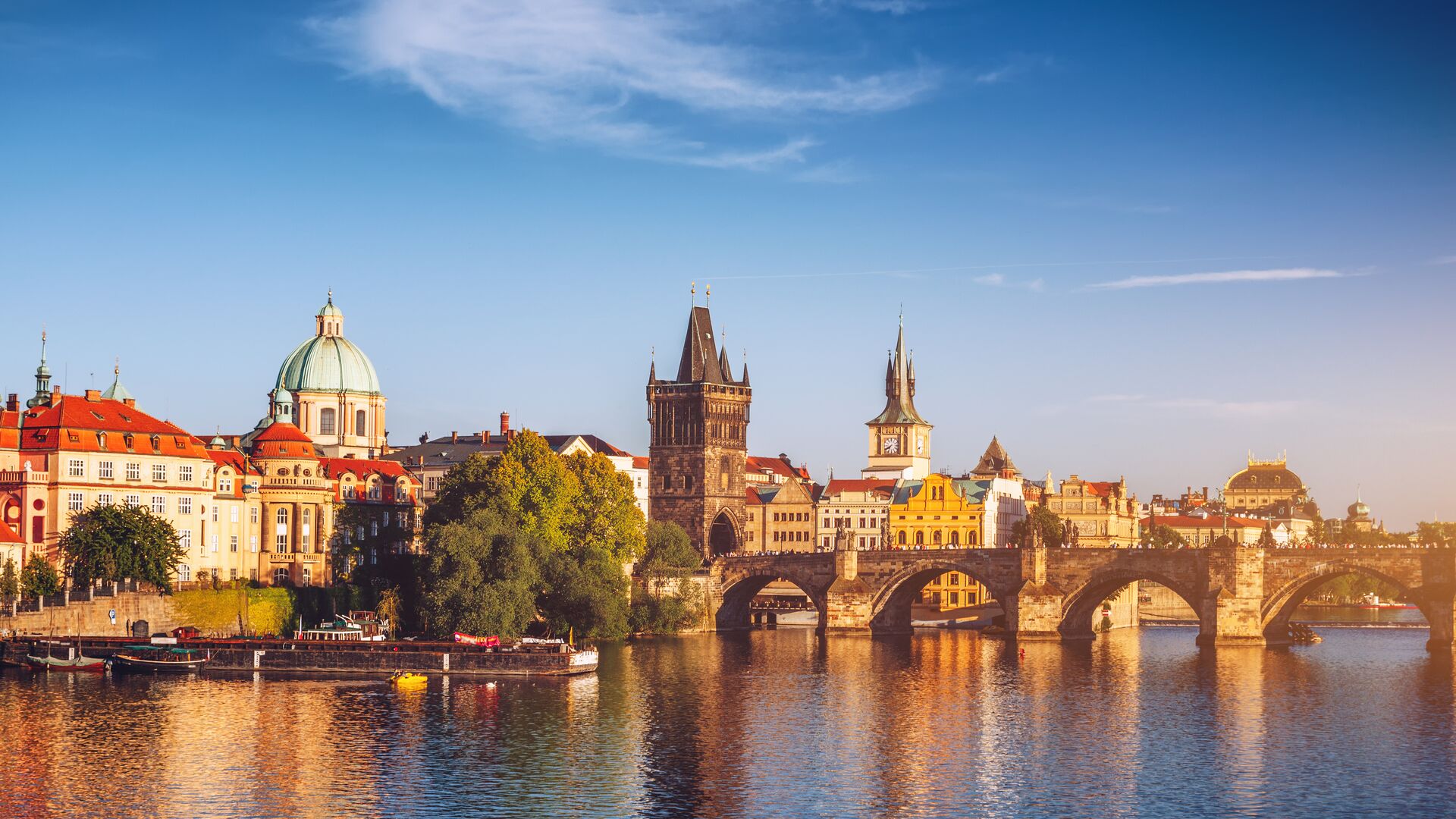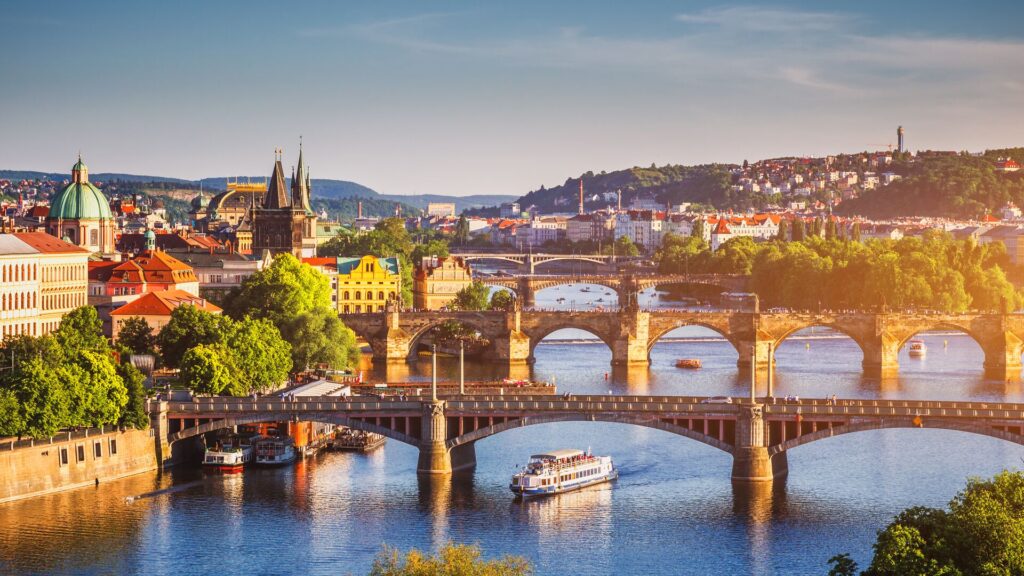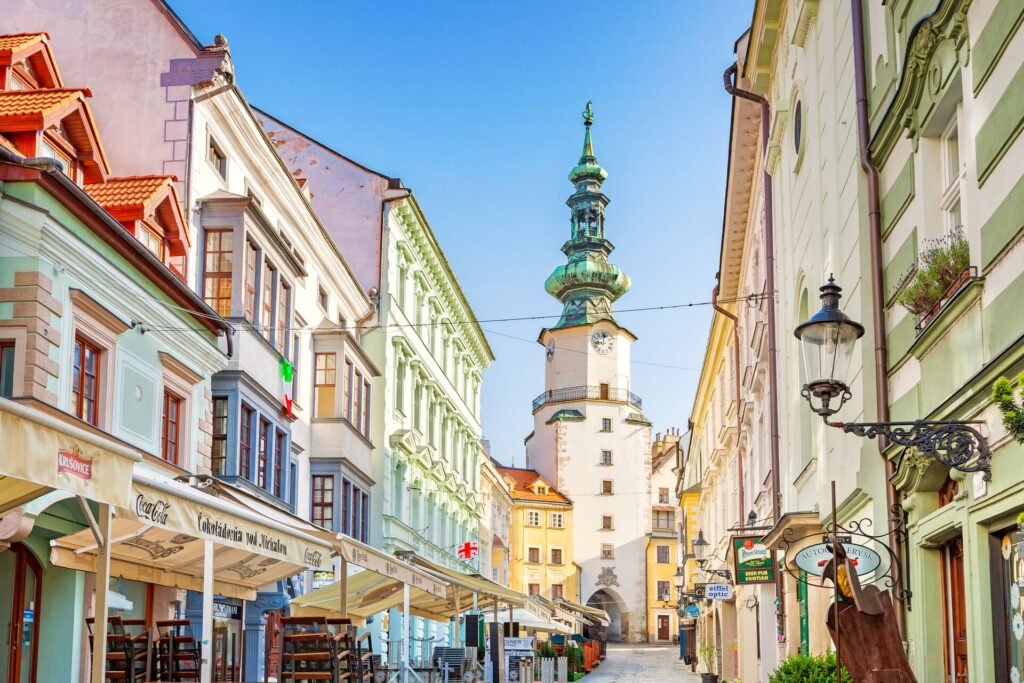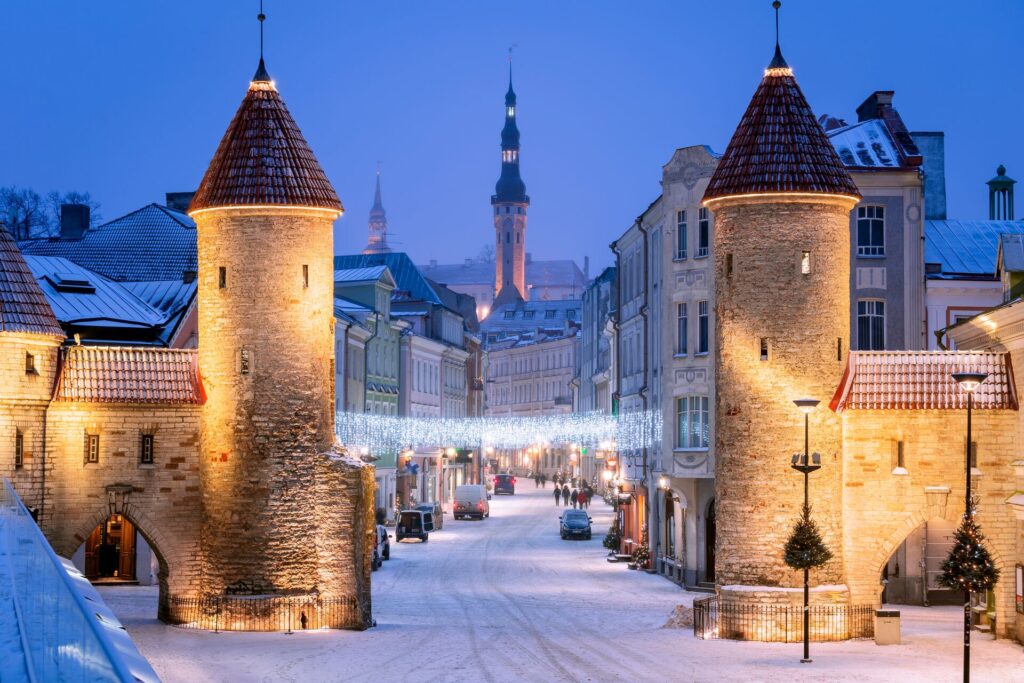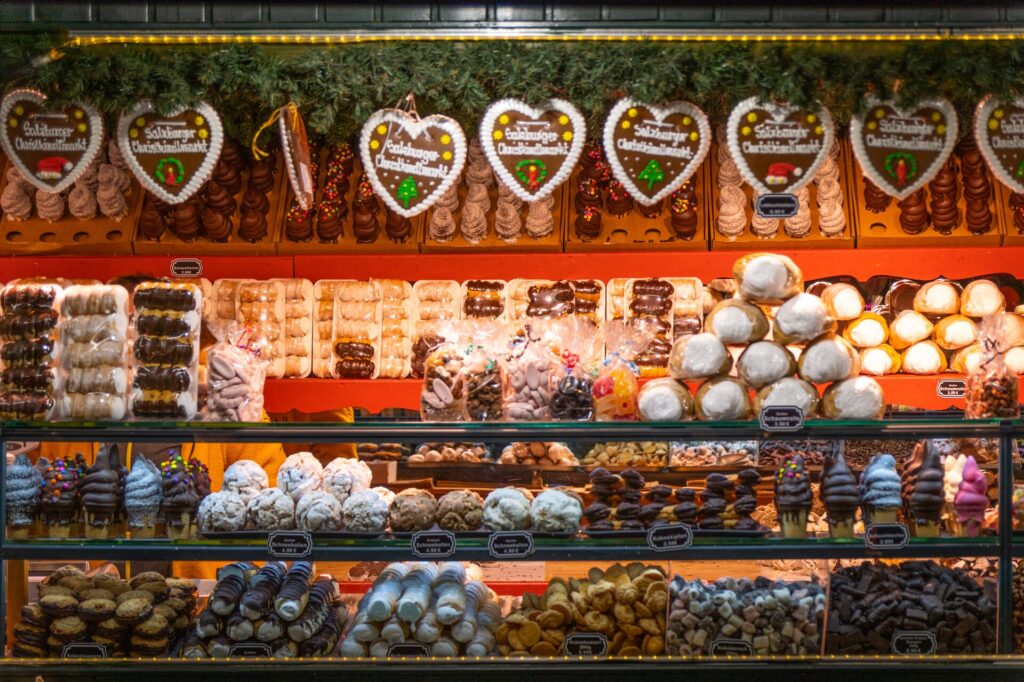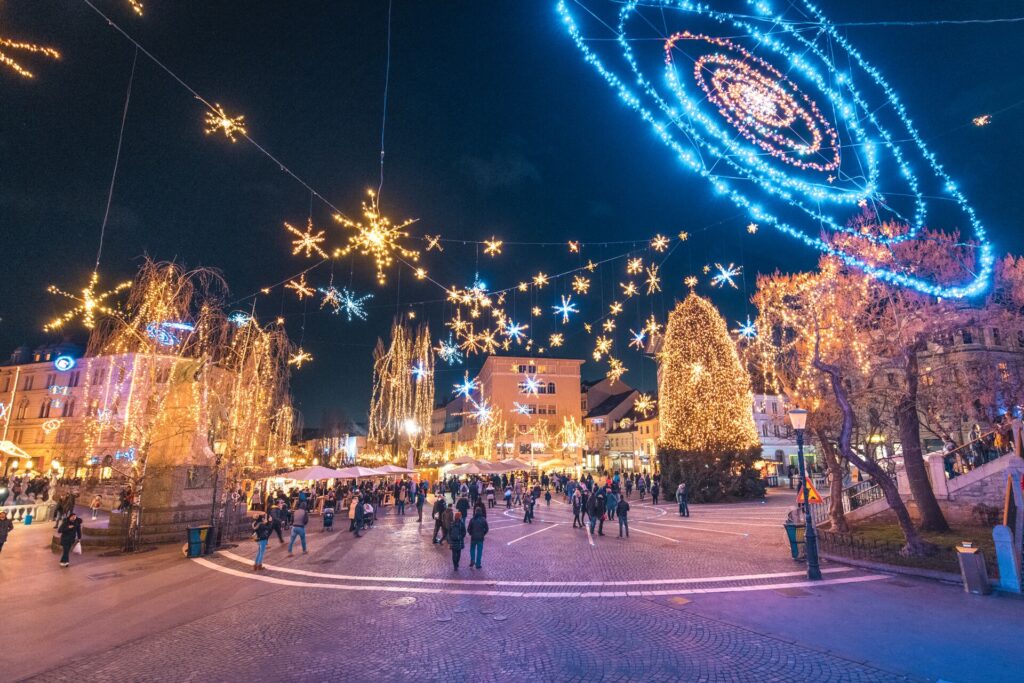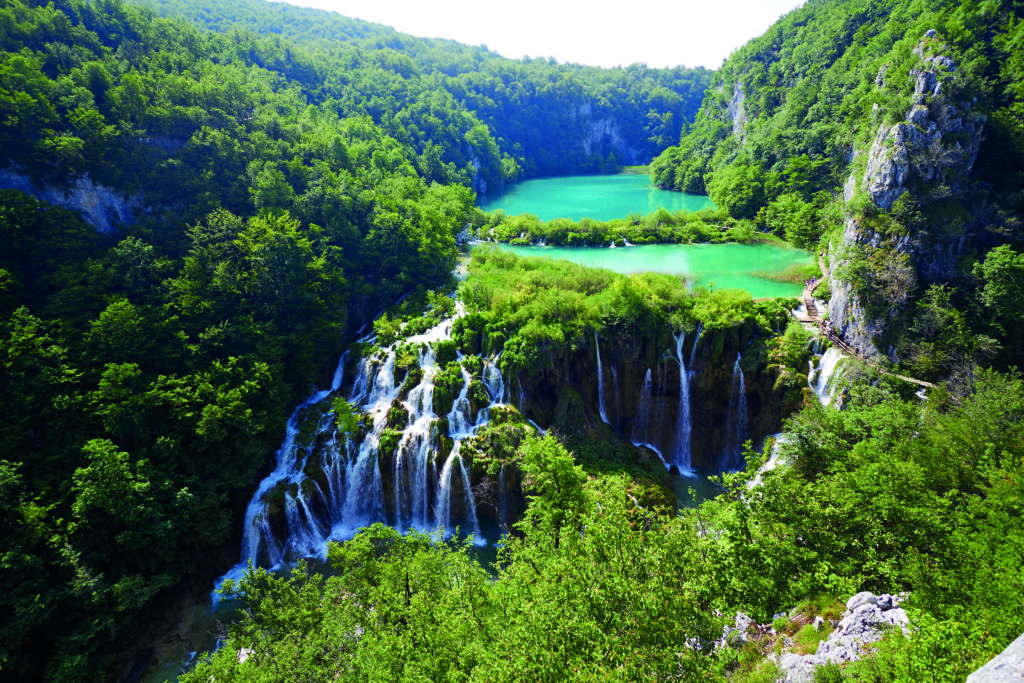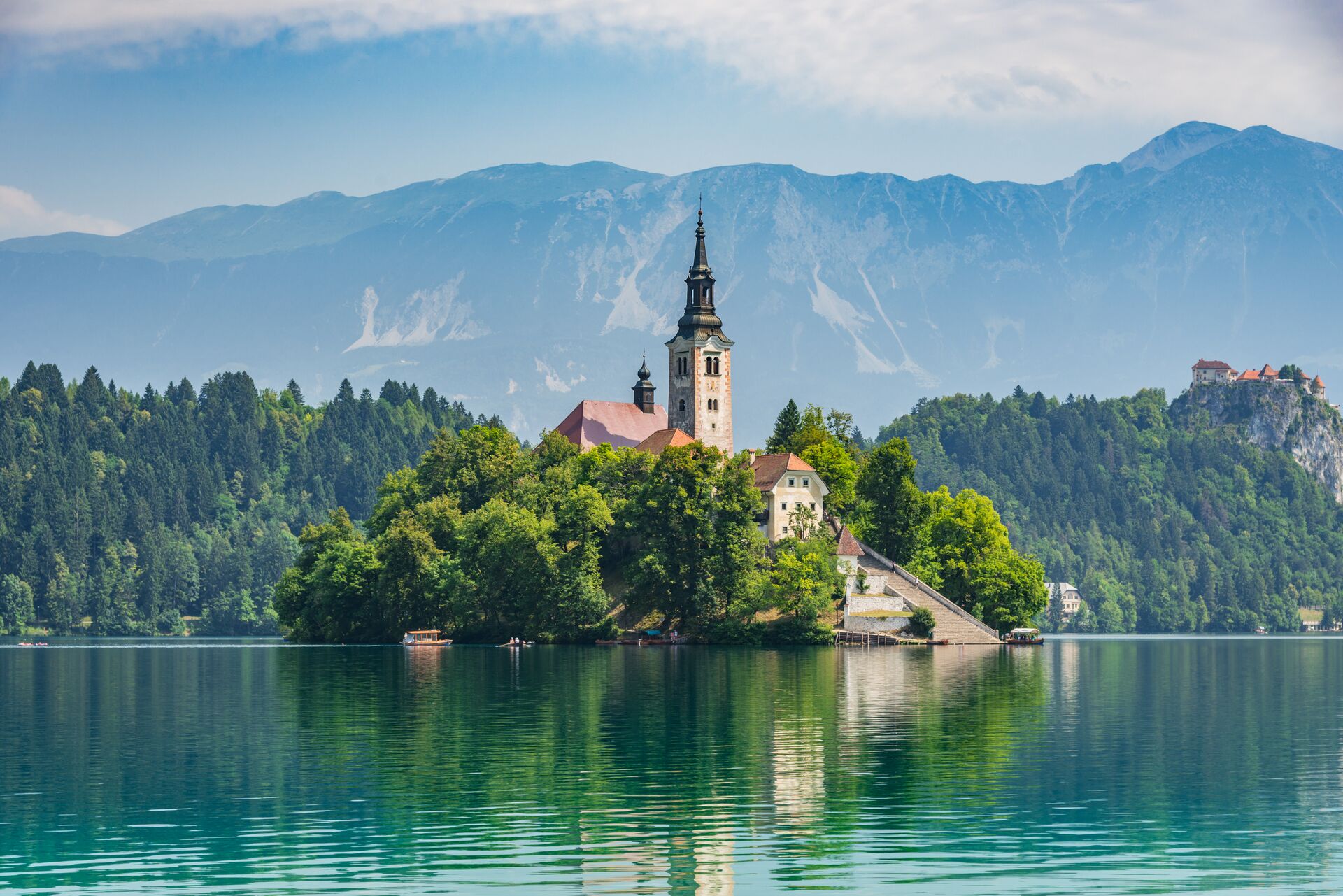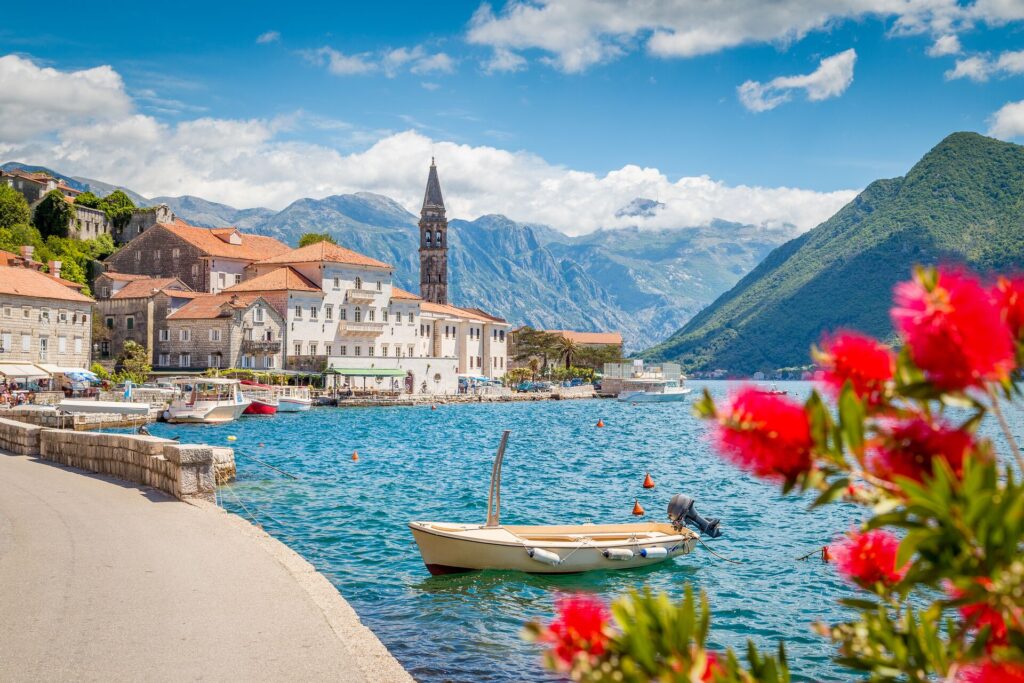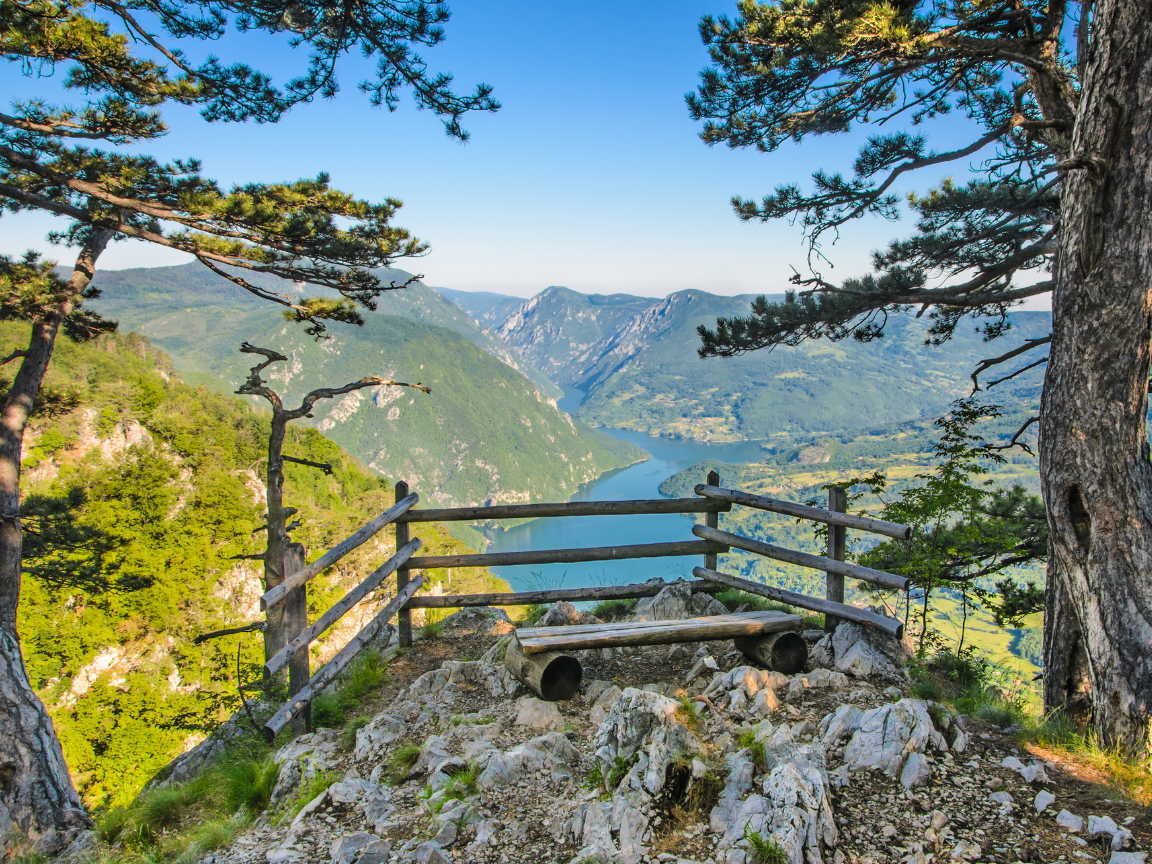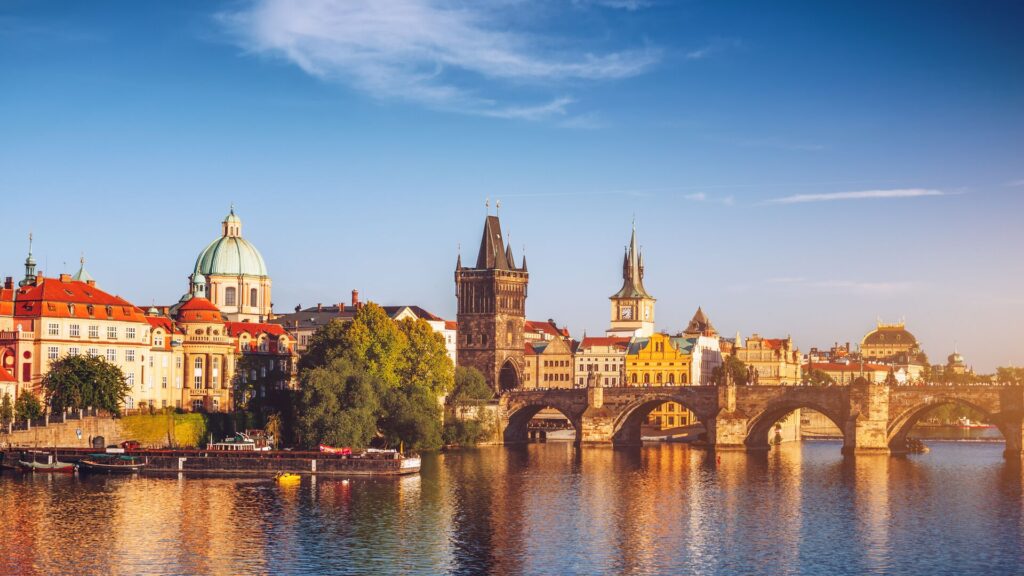THE TOP 7 PLACES THAT WILL MAKE YOU FALL IN LOVE WITH CROATIA
Eastern Europe doesn’t just whisper stories of the past—it puts them on full display. Here, you’ll find cities where bullet-scarred buildings stand alongside sleek cafés, where rhythmic chants of monks echo through Bulgaria’s Rila Monastery, and the pint glasses clink in a Kraków cellar bars. The best places to visit in Eastern Europe offer more than scenic facades—they invite you to look closer, to ask questions, and to step into a region shaped by upheaval, creativity, and survival.
1. What countries are in Eastern Europe?
Definitions vary, but generally, it includes the Czech Republic, Hungary, Poland, Slovakia, Romania, Bulgaria, Croatia, Slovenia, the Baltic States (Latvia, Lithuania, and Estonia), and parts of the Balkans, like Montenegro. This list highlights the places that stand out for their cultural significance, unique architecture, and stories that have shaped European history.
2. What are the main tourist attractions in Eastern Europe?
Eastern Europe’s appeal lies in its diversity. The main ones can be found in its capital cities like Prague, where the medieval Old Town Square and astronomical clock have captivated visitors for centuries. Budapest offers the grandeur of the Hungarian Parliament and the steam of Széchenyi thermal baths, while Kraków balances sombre reflection at Auschwitz with lively nights in its UNESCO-listed Old Town. Further south, Romania’s Bran Castle feeds the Dracula myth, and Dubrovnik’s city walls have become iconic thanks to Game of Thrones.
3. When is the best time to visit Eastern Europe?
Spring (April–June) and autumn (September–October) are often considered the best times to visit Eastern Europe. The weather is milder, crowds are thinner, and many cities host local festivals or seasonal markets. Autumn in particular brings colourful foliage to places like Kraków’s Planty Park or the lakes of Slovenia, making it a dream for photographers. That said, winter has its own quiet charm. Budapest’s thermal baths are even more inviting in the snow, and Christmas markets across the region are some of the oldest and most atmospheric in Europe – like those featured in our Christmas Markets of Croatia, Slovenia and Austria tour.
4. What is the most underrated place to visit in Eastern Europe?
Many travelers overlook the Baltics, but cities like Riga in Latvia or Vilnius in Lithuania pack a cultural punch. Riga, for instance, has one of the highest concentrations of Art Nouveau architecture in the world—over a third of its buildings reflect the style. Outside the capital, the coastlines and national parks of Estonia and Latvia offer tranquillity without the tourist footfall. Inland, lesser-known regions like Bulgaria’s Rhodope Mountains or Slovakia’s High Tatras are rich in folklore, hiking trails, and quiet villages that preserve centuries-old traditions. We also think that Montenegro is an often-overlooked country prmising a gorgeous and classy coastal stay at a fraction of the price of its neighbors.
